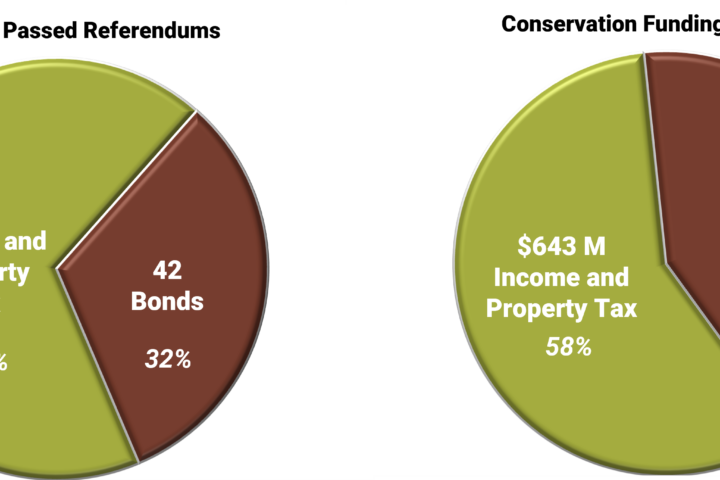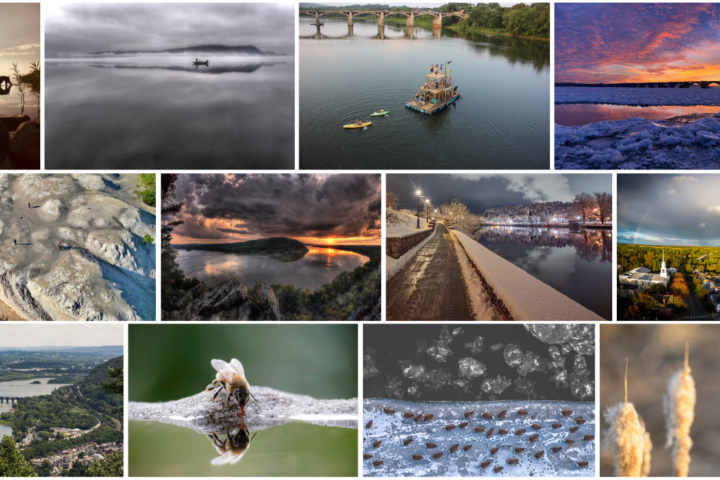
White-nose syndrome is considered one of the worst wildlife diseases in modern times, having killed millions of bats across North America, including Indiana bats (pictured). Credit: Adam Mann
As bats in Pennsylvania continue to recover from the deadly disease white-nose syndrome and other threats, the U.S. Fish and Wildlife Service, Pennsylvania Game Commission, and Department of Conservation and Natural Resources (DCNR) are working together to conserve federally protected Indiana and northern long-eared bats on nearly 4 million acres of state-managed lands.
Forests managed by the Game Commission and DCNR provide important habitat for bats to forage, roost, raise young, mate and prepare for hibernation. The agencies have prepared a habitat conservation plan (HCP) outlining how they will continue to maintain at least 3.5 million acres of various aged forest while managing a portion of the remaining acres through timber harvest and prescribed fire.
Basic forest management practices that improve forest health and productivity can also maintain and enhance habitats for bats, as well as other wildlife. Forest management can ensure that bats have access to dead and dying trees for roosting. Prescribed fire and thinning can open flight space and increase plant growth that boosts insect numbers for their diets. Maintaining healthy forests and vegetation along waterways helps keep water clean for drinking and also boosts insect populations.
The Game Commission and DCNR estimate that forest management will annually improve habitat on more than 35,000 acres for Indiana bats and more than 151,000 acres for northern long-eared bats. The species use different habitats for various activities, with some habitats used by both species and some that do not overlap.
While the HCP is expected to provide significant long-term benefits for bats, the operations have the potential to incidentally kill or injure individual Indiana or northern long-eared bats, which is prohibited by the Endangered Species Act. The Game Commission and DCNR have requested an incidental take permit from the Service to cover effects to endangered Indiana bats and threatened northern long-eared bats.
The HCP and the Service’s environmental assessment are available for public comment through August 21. Following the public comment period, the agencies will determine if changes need to be made to the documents, and if a permit can be issued.
HCPs provide frameworks for partnerships between the federal government and other entities in endangered species conservation. These plans identify the impacts to wildlife from a project or program; the steps the applicant will take to reduce or compensate for such impacts; what alternative actions were considered; and how conservation efforts will be funded.
More information:
- Starting July 22, 2020, read the notice at regulations.gov under docket number FWS–R5–ES–2013–0090, and comment by August 21, 2020. On July 21, the notice is available in the Federal Register reading room.
- Learn more about white-nose syndrome, northern long-eared bat, and Indiana bat.



